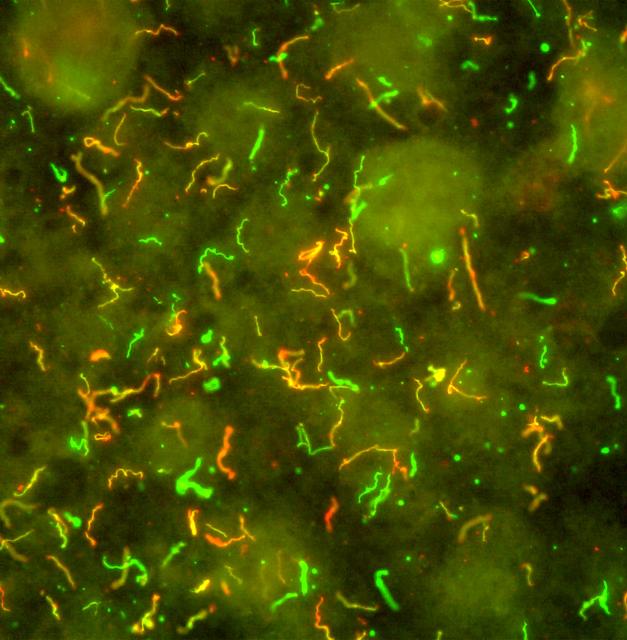ticks
Precision Diagnosis for Tick-Borne Diseases?
Posted on by Dr. Francis Collins

Caption: Adult female Lone Star tick
Credit: National Institute of Allergy and Infectious Diseases, NIH
For many of us who enjoy roaming the great outdoors, there are some things to watch out for. Now is the peak season for “tick checks.” An estimated 90 species of these blood-sucking arachnids inhabit the continental United States, and tick-borne diseases have been on the rise over the past three decades. While not all tick bites will make you sick, the critters can transmit at least 19 types of bacteria, viruses, and protozoa known to cause Lyme disease, Rocky Mountain spotted fever, tularemia, and a host of other potentially serious illnesses [1].
If a tick becomes attached to your skin, there’s currently no quick way to determine if you’ve been exposed to a pathogen and, if so, which specific one(s). If you get sick, getting a definitive diagnosis in order to get the right treatment for your tick’s particular pathogen(s) can involve multiple tests at a cost of about $200 each. Wouldn’t it be great if there was one simple, low-cost way to test for all major tickborne diseases? Such a test is now under development by NIH-funded researchers, and it recently passed an encouraging early research milestone.
Lyme Disease: Gene Signatures May Catch the Infection Sooner
Posted on by Dr. Francis Collins

Caption: Borrelia burgdorferi. Immunofluorescent antibodies bind to surface proteins on the bacterium that causes Lyme disease, producing fluorescent yellow, red, and green hues.
Credit: National Institute of Allergy and Infectious Diseases
Each year, thousands of Americans are bitten by deer ticks.These tiny ticks, common in and around wooded areas in some parts of the United States, can transmit a bacterium into the bloodstream that causes Lyme disease. Those infected experience fever, headache, stiff necks, body aches, and fatigue. A characteristic circular “target” red rash can mark the site of the tick bite, but isn’t always noticed. In fact, many people don’t realize that they’ve been bitten, and weeks can pass before they see a doctor. By then the infection has spread, sometimes causing additional rashes and/or neurological, cardiac, and rheumatological symptoms that mimic those of other conditions. All of this can make getting the right diagnosis frustrating, especially in areas where Lyme disease is rare.
Even when Lyme disease is suspected early on, the bacterium is unusually slow growing and present at low levels, so it can take a while before blood tests detect antibodies to confirm the condition. By then, knocking out the infection with antibiotics can be more challenging. But research progress continues to be made toward improving the diagnosis of Lyme disease.
An NIH-supported team recently uncovered a unique gene expression pattern in white blood cells from people infected with the Lyme disease-causing bacterium Borrelia burgdorferi [1]. This distinctive early gene signature, which persists after antibiotic treatment, is unique from other viral and bacterial illnesses studies by the team. With further work and validation, the test could one day possibly provide a valuable new tool to help doctors diagnose Lyme disease earlier and help more people get the timely treatment that they need.
